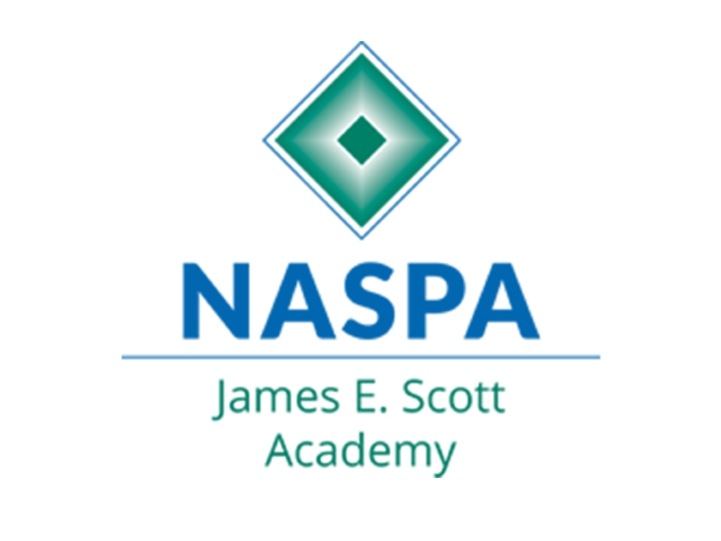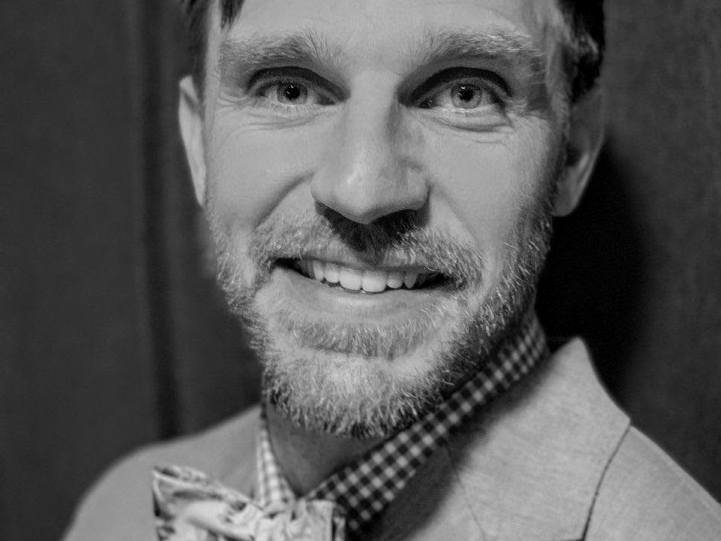
Building Community as Student Affairs Leaders
Supporting the Profession AVP or "Number Two" Senior Level VP for Student Affairs
September 13, 2022
The College of Western Idaho (CWI) hired and onboarded a new president this past year. He is an inquisitive and engaging leader, and as he hosted meetings he would always ask everyone to tell him their ‘why for CWI.’ He certainly had given due consideration to his ‘why’ and was eager to hear from others. “It is so great to meet you Patrick, what is your ‘why’ for CWI?”
New leadership invites us to see our role and impact through a different lens. As I’ve been honing my response over the past few months (we do keep getting asked), I keep coming back to one of the thoughts that crossed my mind when President Jones asked me the first time – community building. I’ve attended and worked at a variety of institutions and all had community building as a part of their mission, though not all of them articulated it in that manner.
Being a community college, community building is clearly seen in every move we make here at CWI. I won’t argue community colleges have the corner on the market of community building because I’ve seen some amazing initiatives come out of R1 schools, but I do have a strong connection to the local purpose and mission of community colleges in ways I didn’t at some other universities I’ve worked at.
The College of Western Idaho is so committed to this notion that we adopted our first Purpose Statement about eighteen months ago: "Empowering the community, one student at a time." The intentionality around empowerment, building the College community, and empowering individual students is a hallmark of who we are as employees here at CWI. How exciting then for all of us to see these words in the marketing for our Purpose Statement, it can even be found on our lanyards!
Reflecting on the president’s question and the importance of community building, my thought process started to incorporate student affairs as a field. Do we identify as community builders? We do build the campus community through our work with individual students, clubs, programming, faculty, administrators, etc., but is any of this through the lens of community building? We often engage with community partners in law enforcement and human services, but is any of this through the lens of community building?
I’ve seen a wonderful diversity of student affairs professionals be successful at their institutions and in their careers, but I can’t think of anyone who is a vice president or a president who didn’t identify strongly as an intentional community builder.
I think of the leader in my community who started a local charter school in her spare time. I think of the people who pivoted out of higher education to pursue employment in social services or human resources, only to consult with colleges and universities or fully come back to working full time with students on campus.
I think of an absolute champion who kept it a secret that he spent most of his free nights at the local homeless shelter, serving those experiencing acute needs in their lives. I think of the many folks who coach youth sports, serve in their faith communities, and occupy elected and appointed seats within their municipal government structure.
The connection is easy to make. We already know student development theory which has simple and accessible translation to applications throughout our communities. We have tough conversations on a daily basis (shout out to my residence life and conduct colleagues!). We are tasked with change-management on a daily basis. Our recruitment and retention work applies to almost every other industry.
Many of us got our start via a Knowledge Community in NASPA, but did we see this as community building? I know that when I joined the Men and Masculinities Knowledge Community at the national conference in Seattle in 2009, I did not view my role as Newsletter Editor to be a significant part of building the NASPA community, but it certainly was. Beyond that, many of us serve as reviewers, presenters, and occupy roles on other NASPA boards and committees.
Another way to become both involved in and build one’s community is to go through your local leadership development program. Here in Idaho, the program is hosted through the Chamber of Commerce, but when I lived in Pennsylvania, it was a stand-alone organization. It is often just named after the town – Leadership Greater Washington or Leadership Austin. Again, so many SAPros are drawn to leadership opportunities; it makes sense that we’d quickly find and enroll in these enlightening experiences.
Personally, I find that board service is one of the most significant aspects of how I view my work as community building. It is essential that I am able to build the community *in* the community. My work on boards is not a complement to my day job, nor is it an excuse to ‘get out of work.’ Board work is part and parcel of what it means to be a leader in higher education.
Over the years I have served on the boards of organizations from a community theatre to a GED preparation center for teens who intend to make positive choices, and I’ve always prioritized serving NASPA in some capacity as well. I learn as much about my students and myself as I do these non-profit entities.
I believe at any professional level in student affairs, working with community organizations is crucial to develop an appreciation of the multiple perspectives held by and towards our students and our institutions. Otherwise, our approaches become parochial and our decisions sophomoric because they are uninformed.
I’m currently working with a group of educational leaders to give input to educational technology companies as they work to perfect their current offerings or go to market with new products. This sneak-peek behind the curtain is invaluable as I maneuver through the enrollment landscape at my home campus.
I also serve on the board of the local Chamber of Commerce, engaging with industry leaders, addressing community-wide issues, and learning more about the educational needs of our business executives. Further, this particular opportunity allows me to understand more of the policy and legislative idiosyncrasies in play at the local and state levels. This is invaluable as my team and I triangulate the landscape that our current and prospective students are navigating.
Service clubs are also a wonderful entry point for anyone desiring to fully commit to this concept of community building. Whether you choose Rotary, Kiwanis, the Lion’s Club, or any of the other stellar options, you’ll be thankful that you placed service above self. Further, the COVID-19 pandemic has helped to redefine this concept for some, shifting the focus back into the community.
So many student affairs professionals are in the field because someone else gave of themselves to walk through life with us when we were at a formative point in our journey. I’ve had a number of outstanding mentors over time that have shaped me into the person I am today. The majority of us then return that favor and mentor others. Do not discount the power of building one’s community in this manner. These are the relationships that we go to after good days and after hard days. We celebrate and mourn our life events with them. We form communities from these connections, and impact other communities through them.
If you haven’t spent time recently answering the question of why you work at your institution, my encouragement is to set aside some time to breathe, ponder, and take inventory. And if you don’t know where to start, think about who is in your community and how you are actively taking a part in building that community to become better every day. Some would even argue that there is a strong connection between community building and education. We were designed to build and grow together. Embrace it!

Patrick Tanner serves as the assistant vice president of enrollment and student services at the College of Western Idaho and is a member of the NASPA James E. Scott Academy Board.